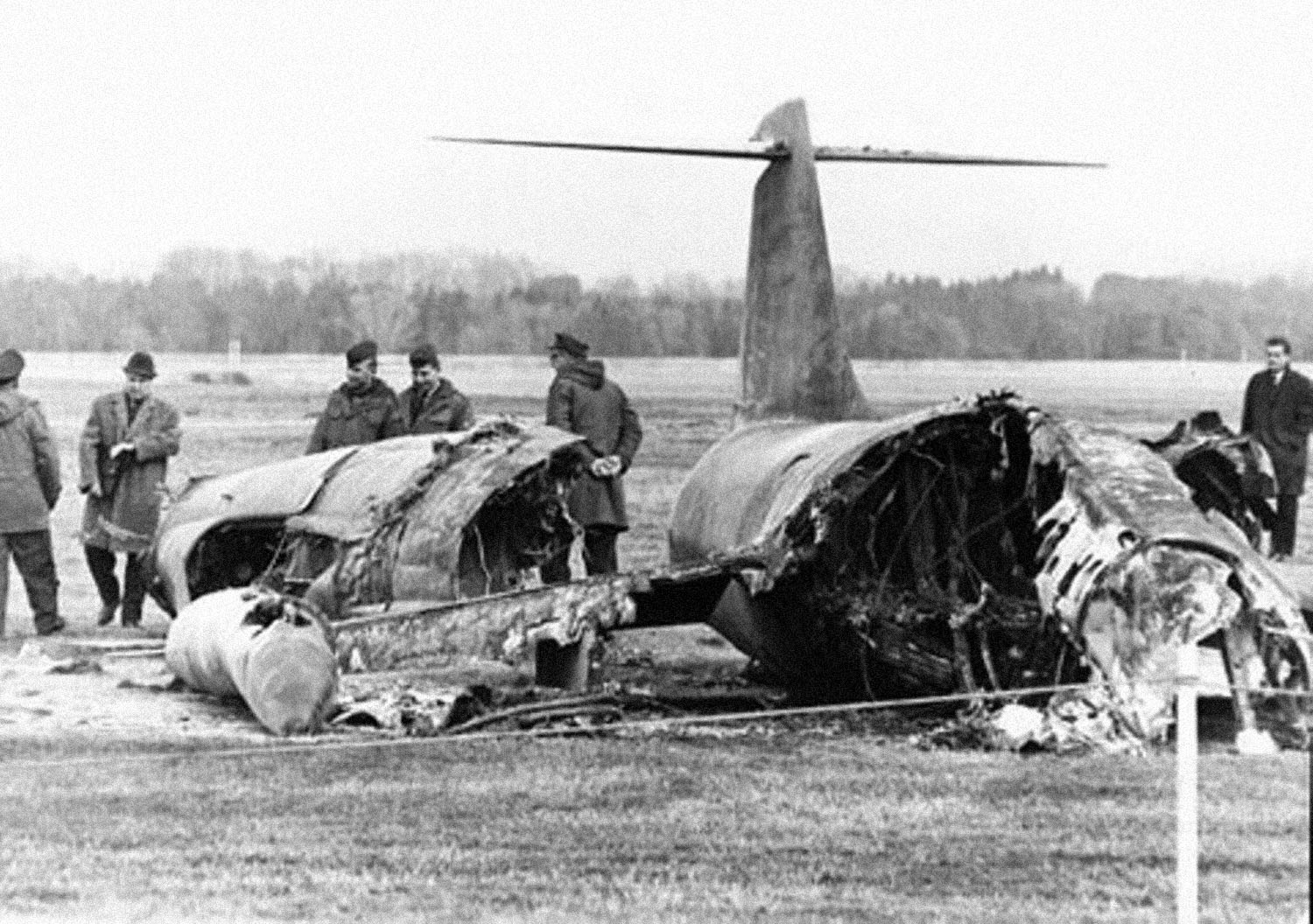WI: Instead of VTOL fighters just STOL light fighters are developed? From layman's point of view it would seem easier to develop a light STOL fighter than a full-blown VTOL plane with more complex thrust vectoring techology? Of course it would not have full flexibility of a Harrier but then again, say, 500 meters long straight pieces of road would seem to be quite ample even in Central Europe. Going for 80 per cent solution rather than 100 per cent solution, as to say. As for benefits, the aeronautical performance would probably be much better and maintenance requirements much lower.
As for naval use, looking at INS Vikramaditya, the converted ex-Soviet Gorshkov, it seems that MiG-29K, a full blown fighter, requires roughly 200 meters take-off run with ski jump, and 200 meters landing length.
Could one arrange similar sized deck for USN amphibious assault ships? For Iwo Jima, not of course, but Tarawa-class, if designed from the start to support ski-jump operations, would seem roughly suitable from layman's point of view.
Ski-jump, of course, limits the deck space available. On the other hand, it lessens the development costs as specific V/STOL fighters are not required.
As for historical reference, although it might be called a medium fighter in timeframe, one might cite Saab 37 Viggen with it's STOL performance.
As for naval use, looking at INS Vikramaditya, the converted ex-Soviet Gorshkov, it seems that MiG-29K, a full blown fighter, requires roughly 200 meters take-off run with ski jump, and 200 meters landing length.
Could one arrange similar sized deck for USN amphibious assault ships? For Iwo Jima, not of course, but Tarawa-class, if designed from the start to support ski-jump operations, would seem roughly suitable from layman's point of view.
Ski-jump, of course, limits the deck space available. On the other hand, it lessens the development costs as specific V/STOL fighters are not required.
As for historical reference, although it might be called a medium fighter in timeframe, one might cite Saab 37 Viggen with it's STOL performance.
Last edited:
